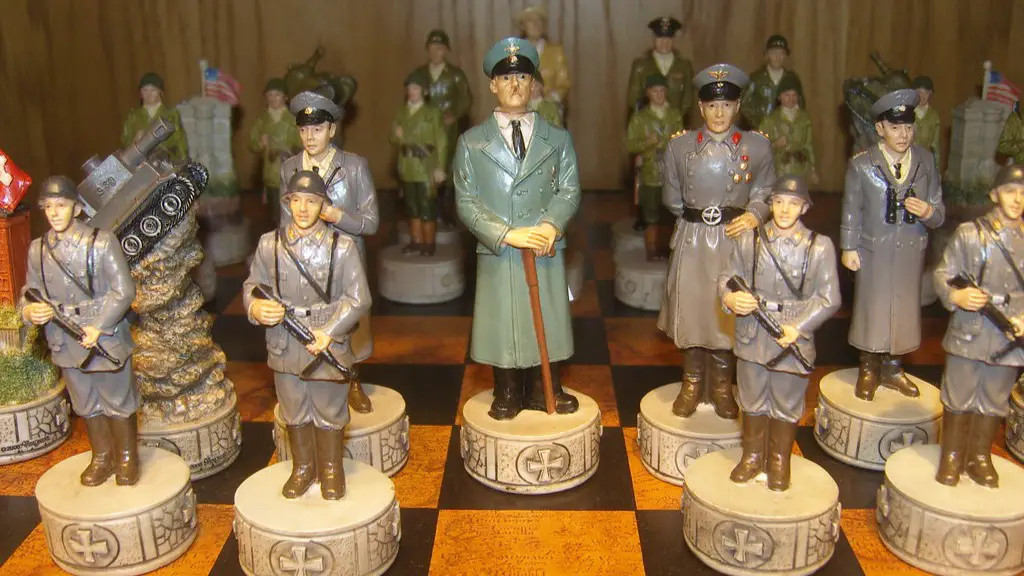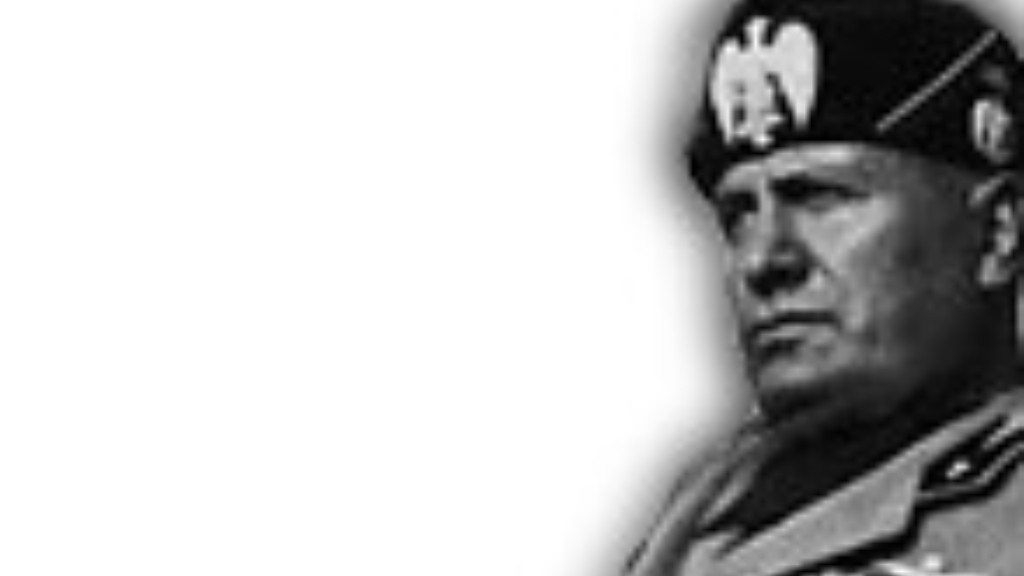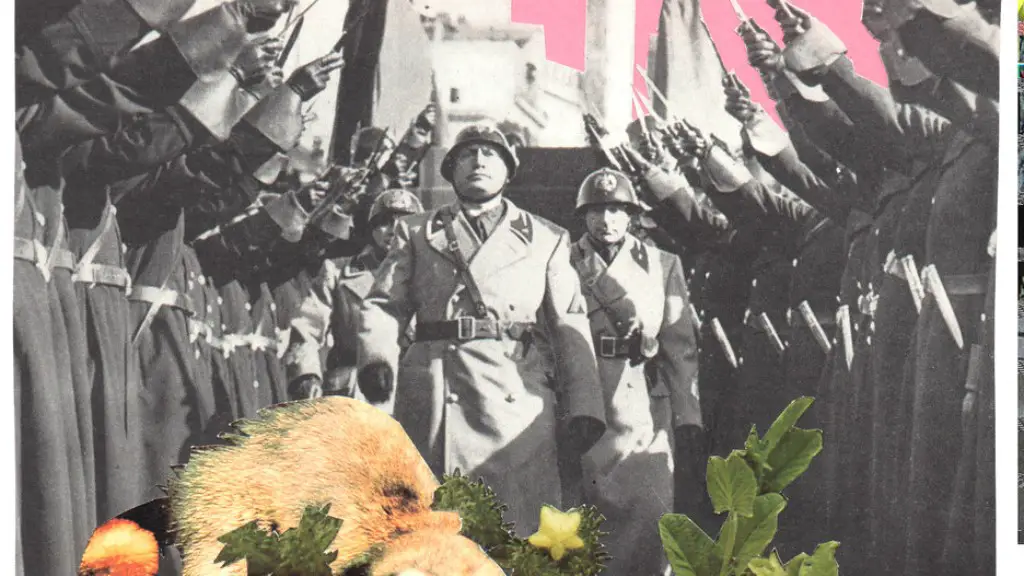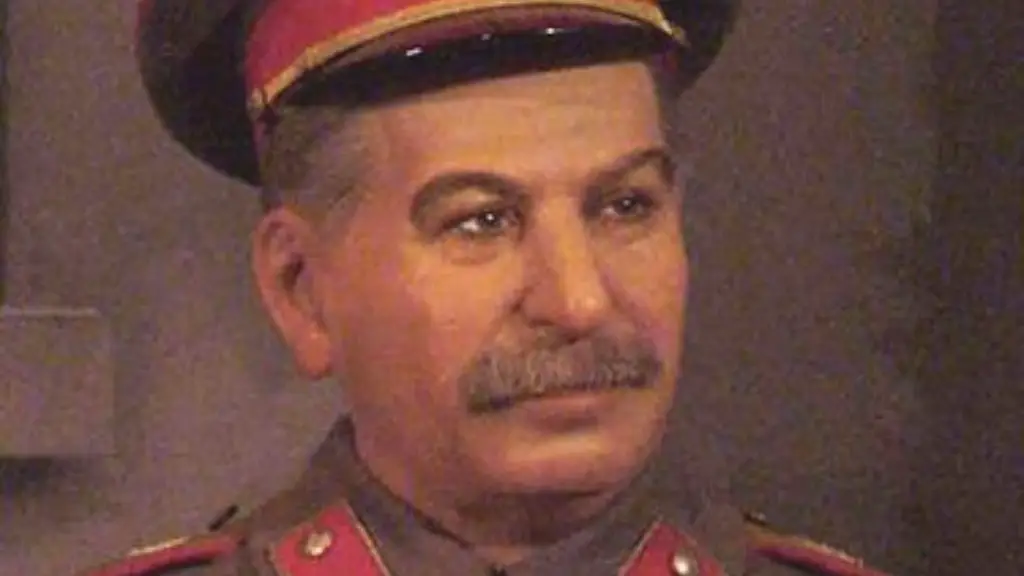Background
Adolf Hitler was an influential figure from the 20th century, particularly known for his rule over Germany during World War II. He rose to power in 1933, becoming the chancellor of the German Reich, but when did he officially take control and lead the nation?
Hitler’s Rise to Power
Hitler first joined the National Socialist German Workers Party in 1919 and gained more influence as time went on. He led a failed coup attempt, known as the Beer Hall Putsch, in 1923, but following his release from jail, his popularity increased as he worked to gain more power in Germany. He was eventually appointed as Chancellor of Germany on 30th January 1933 and seamlessly used this position to manipulate the growing economic crisis and take control.
Hitler had the support of the parliament and quickly rose to full power. On 23rd March 1933, the German Reichstag, which was then under the control of the National Socialist German Workers Party, passed the Enabling Act, allowing Hitler and his cabinet to pass laws without the approval of the Reichstag for the next four years.
Officially Taking Control
Hitler was officially named Fuhrer of Germany in 1934, when President Hindenburg died. As his position was not a democratic elected one, Hitler took the opportunity to create a new position. He gave himself the title of the Fuhrer and established himself at the nation’s absolute leader – truly taking control of Germany and replacing the democracies with Nazi rule.
Absolute Power
While Hindenburg’s death signified the start of absolute Nazi rule in Germany, it did not mean actual formal abandoning of democracy. It is believed Hitler used a loophole in the Weimar Constitution and took control of the Reichstag. He then abolished the chancellorship and gave himself the supreme leadership of Germany.
A Push for Expansion
Hitler’s rise to control yet again aligned with a period of economic crisis. Moreover, it ushered in an era of Nazi expansionist policies as Hitler sought to expand the German borders and resettle people of German origin to enlarge the German nation. One of the most well-known examples of such policies is the Anschluss – the annexation of Austria by Germany.
Retaining Power
Hitler and his Nazi party now had absolute power within the country.Though the German people did not have a say in the nation’s affairs, they lacked alternatives and so they accepted Hitler’s rule. Various measures were taken to ensure the people remained loyal, including the Gleichschaltung, which paved the way for totalitarian rule and complete censorship of any counter movements.
A Threat to Democracy
Hitler’s rule posed a grave threat to the concept of democracy, as he believed that only “Aryan” people were suited for power and that democracy was a form of weakness. His influence spread beyond Germany as Germany invaded other nations and people also joined his cause, thus creating a dangerous time for democracies around the world.
Nazification of Germany
With Hitler’s power, the Nazi regime was able to take control of Germany and implement the ideologies of Nazism, a world view which was largely based on the superiority of the Aryan race. This meant that a major part of the population was disenfranchised and persecuted in one way or another and the rest of the population had to follow the Nazi doctrine.
A Totalitarian Dictatorship
Hitler’s power in Germany transformed the nation into a totalitarian dictatorship with little to no freedoms. He championed the idea of a ‘master race’ and championed ideals such as lebensraum – the idea that German expansion was justified because the German people needed space for growth. This caused widespread fear and terror, as Hitler sought to expand into other parts of Europe.
Destruction of Democracies
Hitler sought to undermine democratic principles globally, and his actions directly posed a threat to Democracies across Europe. Hitler and his Nazi party was responsible for the damage and destruction of many democracies and laid the foundation for a dictatorship and a totalitarian regime, leaving many living in fear of the power held by Hitler.
Resistance to Hitler
Though Hitler was immensely powerful and successful in attaining control of Germany, his rule was by no means uncontested. Various initiatives formed to resist the Nazi rule, such as the White Rose resistance group, which took the form of open revolt, civil disobedience, and other forms of resistance.
Conclusion of Rule
Hitler and his Nazi regime held absolute power in Germany for almost 12 years, until their ultimate end in 1945. Though his death marked the end of Nazi rule, the legacy of his rule in Germany continued well into the post war years, with the country having to rebuild from the destruction left in his wake.



